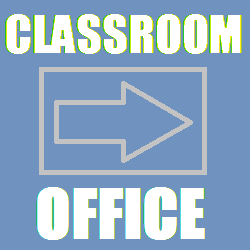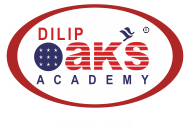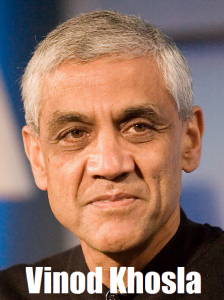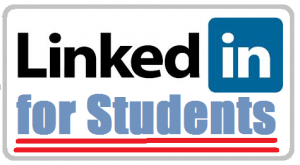 Is there scope to take up jobs after studying in America? Most students do take up a job in the United States after they have finished their course of study there. However, the student (F1) visa that you get from the US embassy in India does not permit you to take up full-time employment. You have to take permission from the Immigration Department first. The good thing is that obtaining this permission is not very difficult. You are allowed to work after finishing your MS, MBA etc. under Optional Practical Training (OPT).
Is there scope to take up jobs after studying in America? Most students do take up a job in the United States after they have finished their course of study there. However, the student (F1) visa that you get from the US embassy in India does not permit you to take up full-time employment. You have to take permission from the Immigration Department first. The good thing is that obtaining this permission is not very difficult. You are allowed to work after finishing your MS, MBA etc. under Optional Practical Training (OPT).
Once you have got a job it often happens that your employer will request the authorities for a change of status in your visa from F1 (education visa) to H1 (work permit). This can be renewed for 3 years more. During this time many people apply for a Green Card i.e. permission to live in the United States permanently. Once you get your Green Card you will be able to live and work in the United States for as many years as you want.




